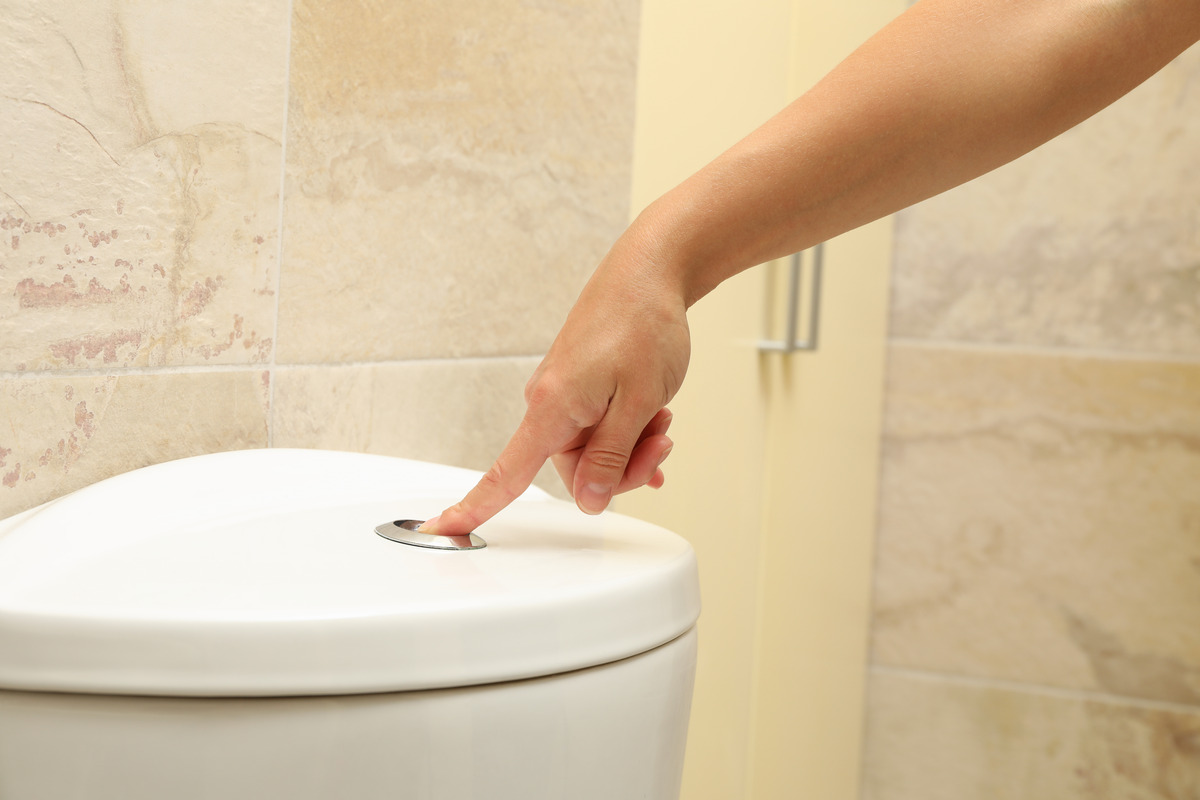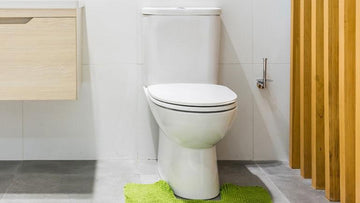The quest for sustainability has become a pivotal theme across various industries, particularly in the realm of plumbing and water management. How water-saving toilets reduce waste is a topic that resonates strongly with the goals of Industry QA professionals. These innovative fixtures not only conserve water but also contribute significantly to environmental preservation and cost savings.
Industry professionals are increasingly turning their attention to water-saving toilets due to their transformative impact on water conservation. By reducing the amount of water used per flush, these toilets significantly decrease overall household water consumption. This is crucial in a world where water scarcity is becoming an ever-pressing issue.

The Mechanics Behind Water-Saving Toilets
Water-saving toilets, often referred to as low-flow or high-efficiency toilets, are designed to use less water per flush compared to traditional models. The average conventional toilet uses about 3.5 gallons per flush, whereas a water-saving toilet uses as little as 1.28 gallons. This remarkable reduction is achieved through advanced flushing technologies such as dual-flush mechanisms and pressure-assisted systems.
For example, a dual-flush toilet offers two flushing options: a full flush for solid waste and a reduced flush for liquid waste. This simple yet effective mechanism empowers users to make conscious choices about their water usage.
Environmental Benefits of Water-Saving Toilets
Adopting water-saving toilets can lead to substantial environmental benefits. By using less water, these toilets help conserve local water supplies and reduce the energy needed for water treatment and distribution. This is particularly important in regions where water scarcity is a growing concern.
Moreover, the reduction in water usage directly correlates with a decrease in wastewater generation. This means less stress on sewage systems and treatment facilities, which can lead to improved efficiency and lower operational costs. A detailed exploration of the benefits of water-efficient toilets can provide further insight into their environmental impact.
Cost Savings for Households and Businesses
The financial advantages of installing water-saving toilets are equally compelling. By significantly lowering water consumption, these toilets can lead to considerable savings on water bills. This is an attractive proposition for both households and businesses looking to reduce their operational costs.
For businesses, especially those in the hospitality or commercial sectors, the cumulative savings from reduced water bills can be substantial. Implementing water-saving fixtures as part of an eco-friendly upgrade can enhance a company's sustainability profile while also improving its bottom line. For more strategies on reducing water bills, consider exploring practical methods and case studies.
Industry Adoption and Challenges
While the benefits of water-saving toilets are clear, widespread adoption in the industry does come with challenges. Initial installation costs, consumer awareness, and the need for retrofitting older buildings are some of the hurdles that need to be addressed. Nevertheless, with increasing regulations and incentives promoting water conservation, the adoption of water-saving technologies is on the rise.
Industry professionals must stay informed about the latest advancements in plumbing technologies and regulatory changes. This ensures that they can effectively guide their clients in making sustainable choices that align with their operational goals. For insights into dual flush systems and other innovations, you can explore detailed articles and guides.
Looking Ahead: The Future of Water Conservation
As we look to the future, the role of water-saving toilets in reducing waste and conserving resources will undoubtedly grow. Innovations in toilet design and flushing technology continue to evolve, offering even more efficient solutions for water conservation. Industry professionals must advocate for these technologies to ensure a sustainable and environmentally friendly future.
To further explore the benefits of water-efficient toilets, you can visit this external resource that discusses the value and effectiveness of low-flow toilets in various settings.

FAQs
How do water-saving toilets work?
Water-saving toilets use advanced flushing technologies like dual-flush and pressure-assisted systems to minimize water usage per flush. These technologies allow users to select the appropriate flush volume for different types of waste, effectively reducing water consumption.
Are water-saving toilets cost-effective?
Yes, water-saving toilets are cost-effective in the long run. Although the initial installation cost may be higher than traditional models, the significant reduction in water usage leads to lower water bills, resulting in substantial savings over time.
How can businesses benefit from water-saving toilets?
Businesses can benefit from water-saving toilets through reduced operational costs and an enhanced sustainability profile. By lowering water consumption, businesses can achieve significant savings on water bills, while also demonstrating a commitment to environmental stewardship.






